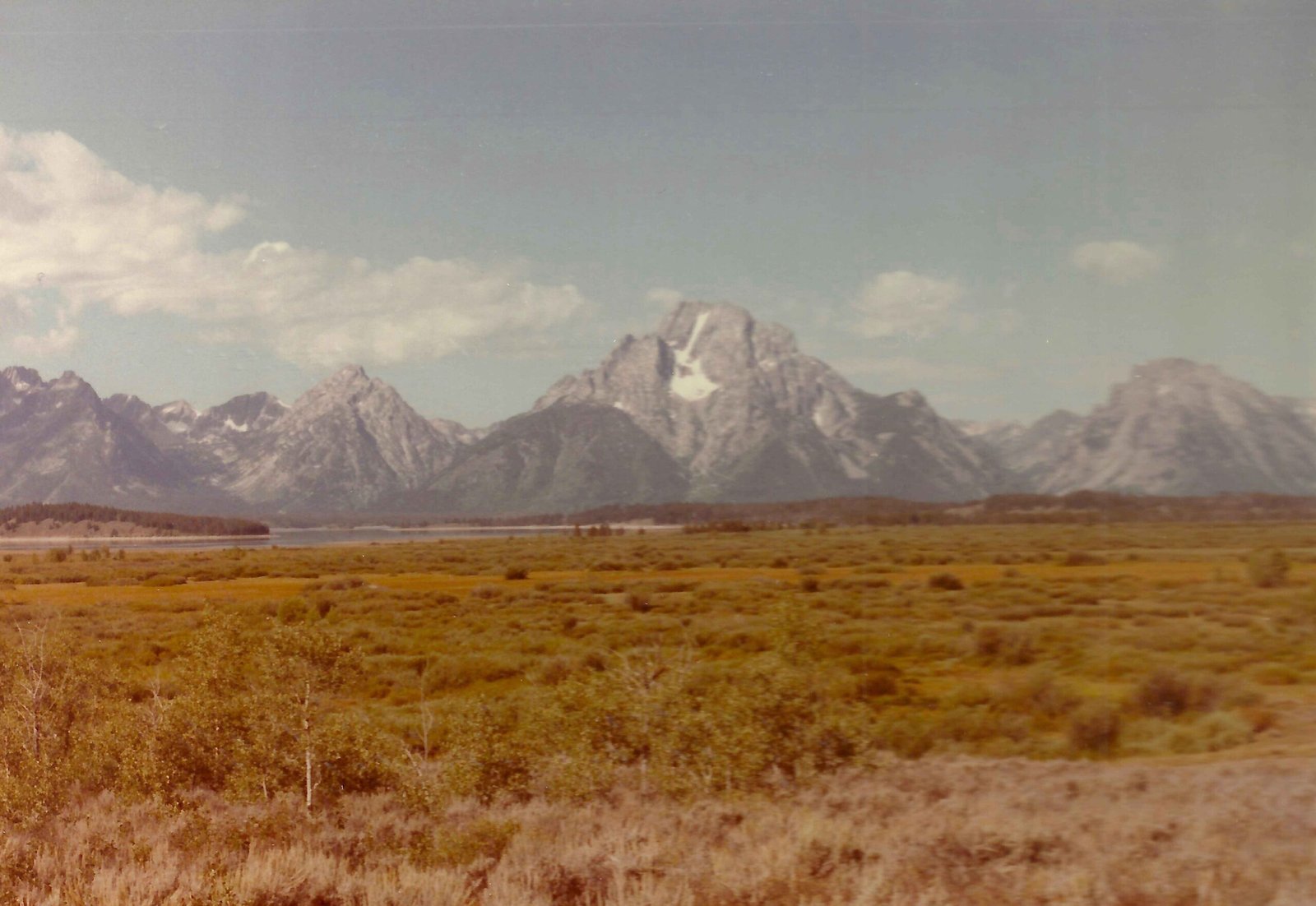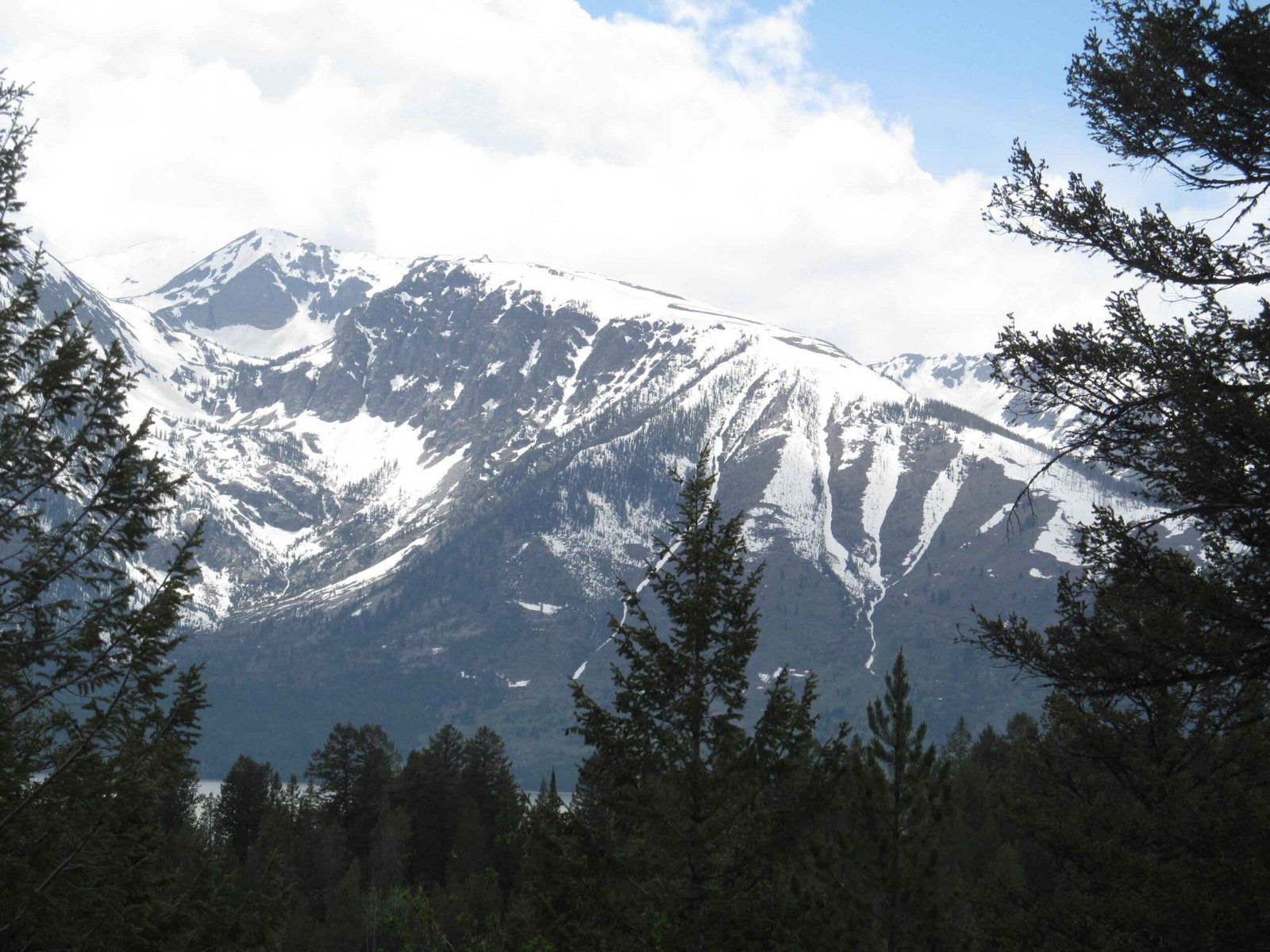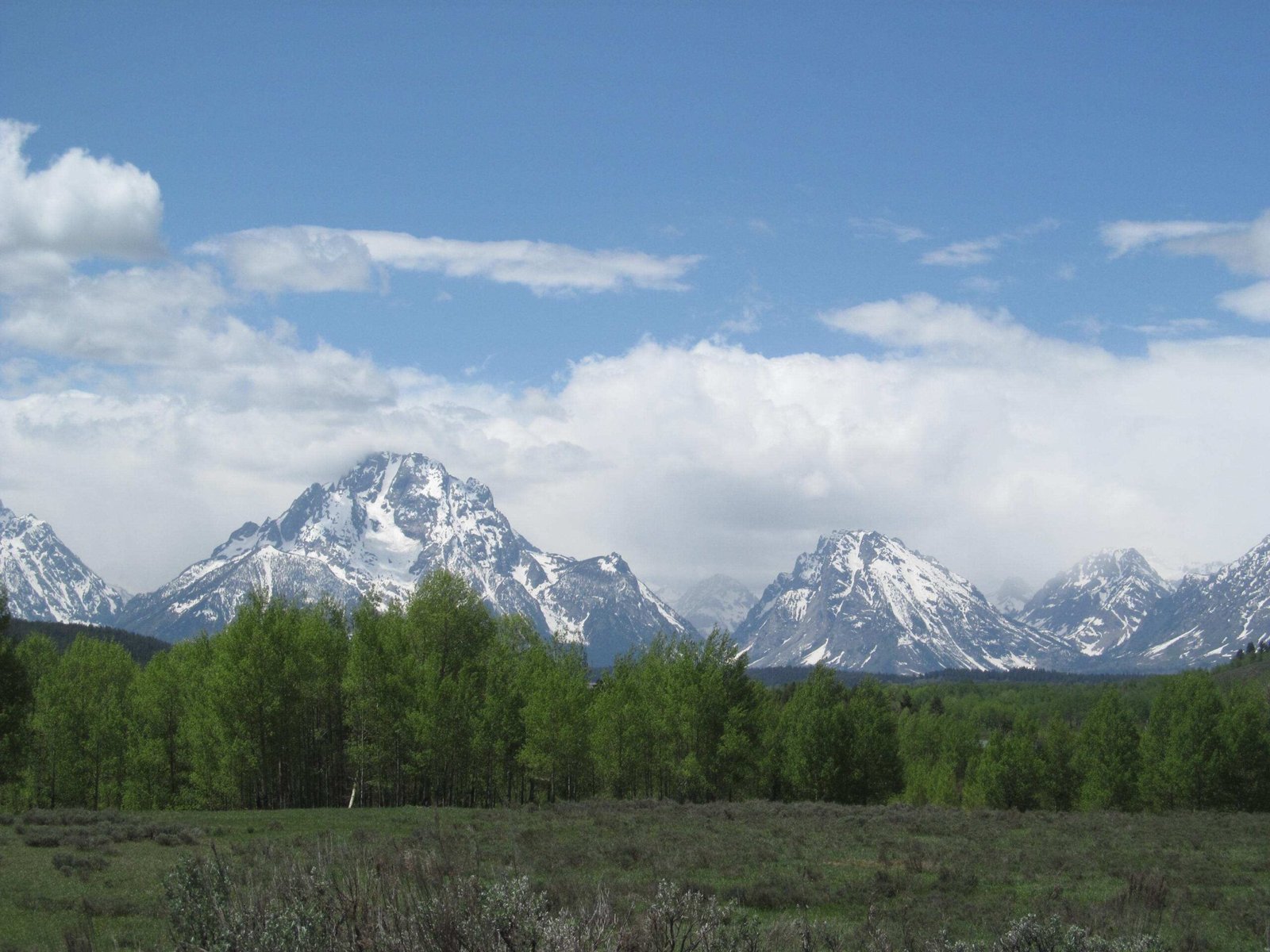Exploring the pristine wilderness of Grand Teton National Park requires careful planning and a valid wilderness permit. Adventurers seeking to immerse themselves in this breathtaking landscape must navigate a structured reservation system that balances conservation efforts with visitor access. Understanding the intricacies of permit acquisition, camping regulations, and seasonal considerations is crucial for a successful backcountry experience in one of America’s most stunning national parks.
What Are the Key Steps to Obtain a Grand Teton National Park Wilderness Permit?

Advance Reservation Process
Securing a wilderness permit for Grand Teton National Park involves a strategic approach:
- Reservation Window
- Permits for May 1 to October 31 open on January 7
- Reservations made through Recreation.gov
-
Early application is critical due to high demand
-
Required Information
- Detailed trip itinerary
- Specific camping zones
- Precise travel dates
- Group size confirmation
Walk-Up Permit Options
| Permit Type | Availability | Restrictions |
|---|---|---|
| Advanced Reservation | January 7 | Limited slots |
| Walk-Up Permits | Day before trip | First-come, first-served |
| Group Size Limit | 6 people (standard) | 12 people (group sites) |
How Much Does a Grand Teton National Park Wilderness Permit Cost?

The permit fees are relatively modest, but exact pricing can vary. Typically, backcountry permits range between $25-$50, depending on group size and duration. Payment is processed through Recreation.gov, accepting multiple payment methods including credit cards.
Fee Breakdown
- Standard individual permit: Approximately $35
- Group permit (7-12 people): Around $50
- Additional processing fees may apply
What Are the Critical Camping Regulations?
Wilderness permit holders must adhere to strict guidelines:
- Maximum Stay Limits
- Jackson Lake: 3 nights
- Other zones: 2 nights maximum
- Seasonal limit: 10 nights between June 1 and Labor Day
-
Annual limit: 30 nights per person
-
Camping Zone Restrictions
- Designated sites only
- No unauthorized camping
- Respect zone-specific regulations
When Is the Best Time to Plan a Backcountry Trip?
Seasonal Considerations
The prime backcountry season spans May 1 to October 31, with peak accessibility in mid-June through August. Early season travelers should be prepared for:
- Potential snow coverage
- High-altitude pass challenges
- Variable weather conditions
- Need for specialized equipment (ice axe)
What Safety Precautions Should Wilderness Permit Holders Take?
- Carry comprehensive navigation tools
- Pack appropriate emergency gear
- Check current park advisories
- Inform someone about your detailed itinerary
- Understand Leave No Trace principles
Pro Tips for Successful Permit Acquisition
- Apply immediately when reservations open
- Have flexible date options
- Understand zone-specific restrictions
- Prepare comprehensive trip documentation
- Check current park conditions before departure
Conclusion
Obtaining a Grand Teton National Park wilderness permit requires careful planning, flexibility, and respect for the natural environment. By understanding the reservation process, adhering to regulations, and preparing thoroughly, adventurers can create unforgettable backcountry experiences in this magnificent wilderness.

